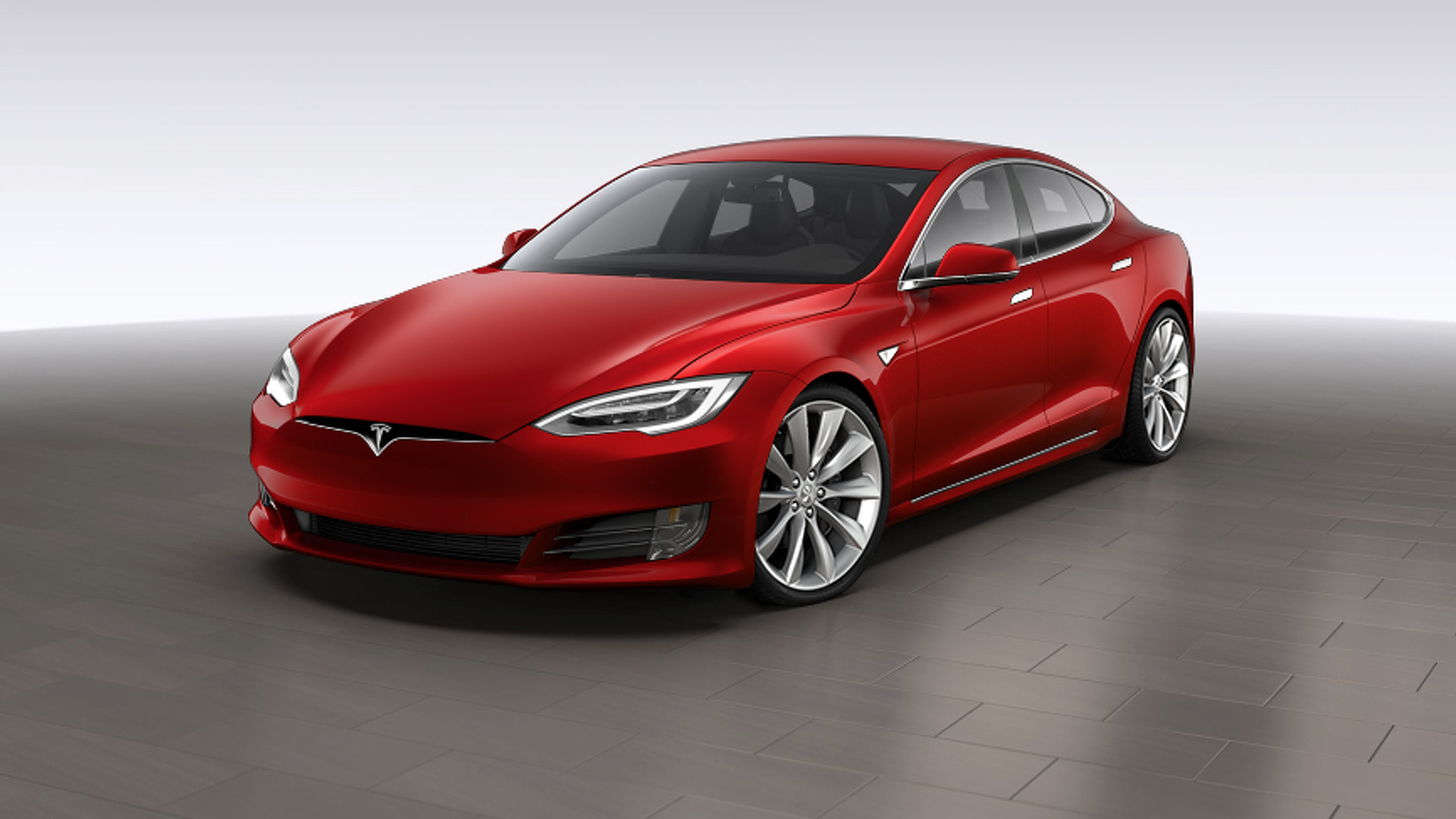

Tesla may soon join Audi and Toyota in having the dubious distinction of facing an unintended-acceleration lawsuit. In response to claims of unintended acceleration in the Model S and Model X, Tesla said the incidents were the result of driver error and that there was nothing it could do to prevent them.
The suit, filed on March 1st, 2017, claims 13 incidents of unintended acceleration involving the Model S and 10 involving the Model X have been reported to the National Highway Traffic Safety Administration. It says all unintended-acceleration episodes occurred while driving at low speeds or while parking, and that some resulted in collisions with fixed objects.
The suit calls the Model S and Model X “defective and unsafe,” and chides Tesla for not developing “computer algorithms that would eliminate the danger of full throttle acceleration into fixed objects.” Effectively, in addition to an alleged defect causing unintended acceleration, the lawsuit appears to be accusing Tesla of not developing a failsafe that prevents acceleration even in cases of driver error.
Driver error, however, is exactly what Tesla attributes the incidents cited in the lawsuit to. In its response, Tesla said the drivers were to blame, adding that it “denies that its cars are defective in any way, and disputes that there is a legal duty to design a failsafe car.”
There seem to be two issues here: Whether Tesla’s cars really were defective and unintentionally accelerated, and whether Tesla has a responsibility to design software that prevents any acceleration that could lead to a collision with a fixed object. Tesla noted that no manufacturer has ever implemented such a feature in a car. Unless a defect is present, responsibility for controlling a vehicle’s acceleration is generally understood to rest with the driver.
Regardless of the level of fault attributed to the carmaker, past high-profile unintended-acceleration cases have led to the proliferation of safety features designed to prevent it. That includes shift interlocks for automatic transmissions in the wake of the 1980s Audi scandal, and brake overrides following the more recent Toyota scandal.
UPDATE: Tesla’s statement denying defects in its cars was from a company response to the lawsuit, not a statement released to the media.